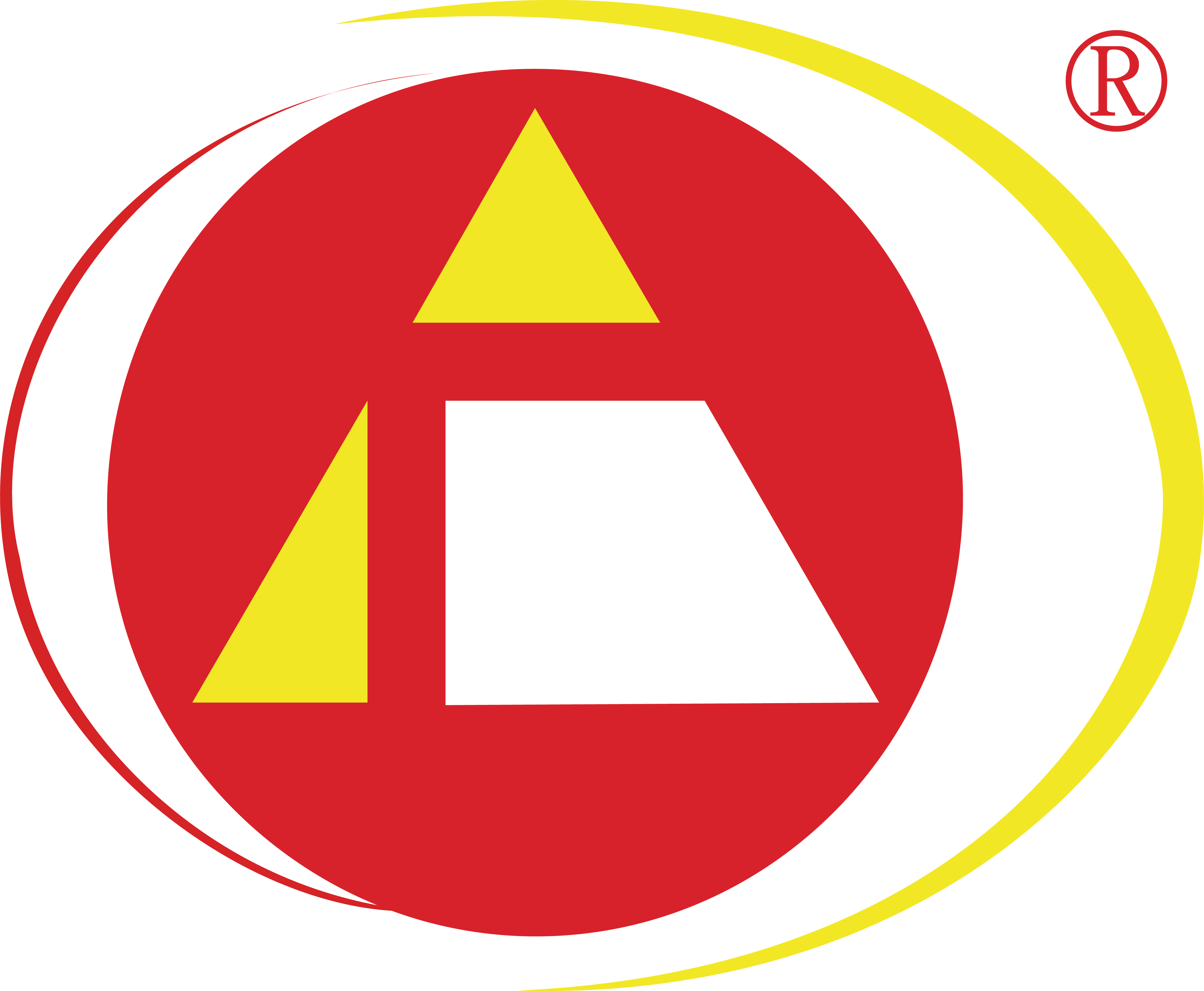Aluminum profiles powder spray coating line
Powder Coating Principle
Powder coating using the principle of electrostatic spraying of dry powder adsorption on the metal aluminum profiles, after 200 ℃ high temperature barbecue, the powder cured into a layer of about 60 microns thick solid bright coating. Make the product surface smooth and even color with strong acid resistance, alkali resistance, impact resistance, wear resistance, can withstand strong ultraviolet radiation and acid rain erosion for a long time, does not appear coating chalking, fading, peeling and other phenomena. Powder coated aluminum profiles have a service life of 30 years under normal conditions. Its surface coating in 5-10 years to ensure that the color does not fade, does not change color, does not crack. Its weather resistance and corrosion are better than ordinary aluminum color diversity.
Product Display



Standard powder coating process
Loading → Pretreatment → Moisture Drying → Cooling → Powder spraying (Reciprocator) → Powder curing (hot air circulation) → Cooling → Unloading
Pre-treatment
Pre-treatment process quality directly affects the quality of the powder coating film, pre-treatment is not good, resulting in easy to peel off the film, bubbling and other phenomena.
For sheet metal stamping parts can be used chemical pretreatment method. Most of the rust or surface thicker workpiece, the use of sandblasting, shot blasting and other mechanical methods to remove rust, but mechanical descaling should ensure that the surface of the workpiece is clean and unscaled.
Scraping putty
According to the degree of defects in the workpiece scraping conductive putty, after drying with sandpaper grinding smooth, you can carry out the next process.
Protection (also known as masking)
If there are certain parts of the workpiece that do not require a coating, they can be covered up with protective adhesive, etc., before preheating to avoid spraying on the coating.
Preheating
Preheating is generally not required. If a thicker coating is required, the workpiece can be preheated to 100-160 ℃, which can increase the thickness of the coating.
Powder Spraying
Electrostatic generator through the gun muzzle of the electrode needle to the workpiece direction of the space to release high-voltage electrostatic (negative), the high-voltage electrostatic from the gun muzzle of the powder and compressed air mixture as well as the electrode around the air ionization (negative charge). The workpiece through the hangers through the conveyor link ground (grounding pole), so that the gun and the workpiece to form an electric field between the powder in the electric field force and compressed air pressure under the double push to the surface of the workpiece, relying on electrostatic attraction on the surface of the workpiece to form a layer of uniform coating.
Baking and curing
After spraying the workpiece through the conveyor chain into the 180 ~ 200 ℃ baking room heating, and keep warm for a corresponding time, (15-20 minutes) so that the melting, leveling, curing, so as to get the workpiece surface effect we want. (Different powders are different in baking temperature and time). This is what we should pay attention to in the curing process.
Cleaning
After the coating is cured, remove the protection and trim the burrs.
Inspection
After curing the workpiece, the main daily inspection of the appearance (whether smooth and bright, with or without particles, shrinkage and other defects) and thickness (control in 55 ~ 90μm). For the detected defects such as leakage, pinhole, bruise, bubble, etc., the workpiece will be repaired or re-sprayed.
Packing
After inspection, the finished products are sorted and placed in the transportation truck and turnover box, and separated from each other by soft packing cushioning materials such as foam paper and bubble film to prevent scratches and abrasion.














